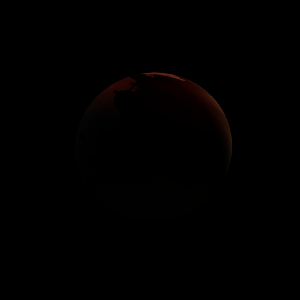|
|
Space Astro
|
Info for exoplanet "Brielbian'bos"
| Scientific (actual) data |
|---|
| Planet | HIP 77257 b |
| Planet status | Confirmed |
| Mass sini | 0.0428 |
| Orbital period | 15.5083 |
| Semi major axis | 0.1238 |
| Orbit eccentricity | 0.16 |
| Discovered | 2021 |
| Updated | 2021-05-31 |
| Omega | 19 |
| Tconj | 2456700 |
| Publication | Published in a refereed paper |
| Detection type | Radial Velocity |
| Mass detection type | Radial Velocity |
| Alternate names | HD 141004 b |
| Star name | HIP 77257 |
| Right ascension | 236.61° |
| Declination | 7.35° |
| Star distance | 11.8186 |
| Star mass | 1.275 |
| Star sp type | G0 |
| Star alternate names | Lam Ser, HD 141004 |
| Wikipedia article | HIP 77257 b |
Back
| |
| Fictional info (?) |
|---|
| Suggested name | Brielbian'bos |
| Planet type | Cold planet |
| It is named after the deity Brielbian'bos, the god of nature.
It is radically different from Earth in other respects. Brielbian'bos is by far the hottest planet in its solar system, with a mean surface temperature of 544°K (271°C).
As one of the most prominent objects in the sky, Brielbian'bos has been a major influence in native folklore for as long as records have existed.
Brielbian'bos has been explored on several occasions by robotic spacecraft, most notably during the early Pioneer and Wayfinder flyby missions and later by the Hotchins orbiter.
Observations from Earth have shown seasonal change and increased weather activity as Brielbian'bos approached its equinox 6 years ago. |
| Atmosphere | Helium | 67% |
| Hydrogen chloride | 17% |
| Carbon dioxide | 11% |
| Xenon | 1.9% |
| Nitric oxide | 1.8% |
| Hydrogen peroxide | 0.091% |
| Carbonyl sulfide | 0.0083% |
| Atmospheric pressure | 24 bar |
 |
| No known satellites |
| Google search for Brielbian'bos |
|
Website by Joachim Michaelis
|
|
|
|